Mumbai Weather News: 13.1°C temp gap between Vasai West and Powai, rain on the radar and more!
A recent study by climate-tech start-up Respirer Living Sciences has revealed alarming temperature disparities of up to 13°C in parts of Mumbai and its satellite towns. The findings indicate an intensifying Urban Heat Island (UHI) effect in the city, highlighting the urgent need for a localised approach to combat heat stress.
Meanwhile, Mumbai woke up to cloudy skies today, April 1, with India Meteorological Department (IMD) predicting rain and overcast conditions for today and tomorrow, April 2.
Rising urban heat island effect
The analysis, which covers Mumbai Metropolitan Region (MMR), indicates that microclimates are becoming increasingly prevalent. These pockets of extreme heat have real-world consequences, particularly for residents in densely built and poorly ventilated areas, leading to higher heat stress and health risks. Data from 22 Central Pollution Control Board (CPCB) stations further highlight the disparities:
Hottest Areas: Vasai West (33.5°C), Ghatkopar (33.3°C), Colaba (32.4°C)
Cooler Areas: Powai (20.4°C), Chakala (23.4°C), Chembur (25.5°C)
The 13.1°C gap between Vasai West and Powai, or the 9.0°C difference between Colaba and Chakala, translates into uneven heat stress across the city. Even Colaba, known for its coastal breezes, has shown a rise in temperature, indicating that even traditionally "cool" areas are not immune to escalating heat levels.
Urgent need for zone-specific solutions
Ronak Sutaria, CEO of Respirer Living Sciences, emphasised the need for a tailored approach to address the UHI effect. Mumbai cannot be treated as a single thermal unit. Mitigation efforts must be based on hyperlocal data, from tree planting to heat action plans. Green infrastructure, reflective surfaces, and responsible architectural choices are essential, suggested experts.
To get all the latest content, download our mobile application. Available for both iOS & Android devices.

